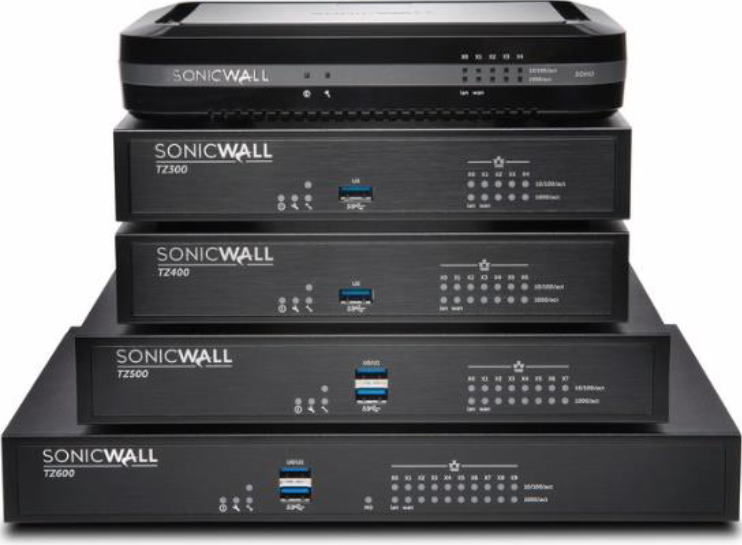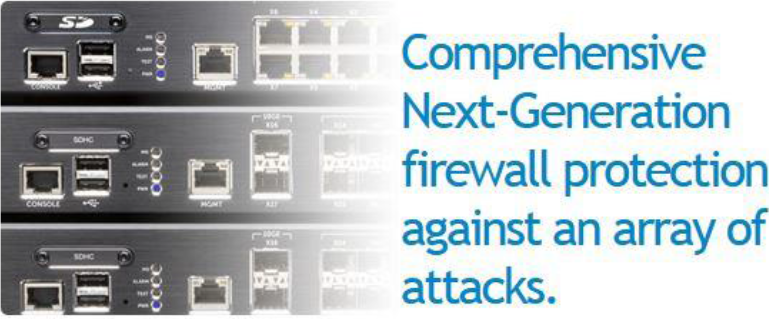over the world with malware
Empower Firewall-as-a-Service provides your network with comprehensive security at a small business price. To learn more and get a free quote, contact Peter Johns today.
Block threats before they enter your network
Entry points into your network may now include employees’ laptops, desktops, and smartphones. Secure your network and data against sophisticated, modern-day threats with comprehensive protection that includes intrusion prevention, gateway anti-virus, anti-spyware, content/url filtering, enforced client anti-virus, and anti-spam services.
- Block viruses, Trojans, worms, rootkits and polymorphic “zero-day” malware at the gateway, before they reach your network
- Prevent “drive-by downloads” from infected websites
- Mitigate denial-of-service and flooding attacks
- Detect protocol anomalies and buffer overflow attacks
- Stop network traffic from geographical regions and IP addresses associated with cybercriminals
- Block outbound cybercriminals botnet “command and control” traffic from stealing your customer lists, engineering designs, trade secrets, and other confidential information
- Control access to websites containing unproductive and inappropriate content
- Ensure high-priority applications (CRM, order processing) receive more bandwidth than less urgent applications (chat, video streaming)






